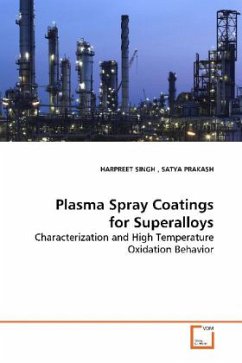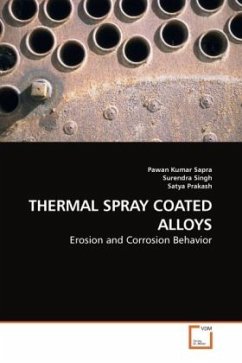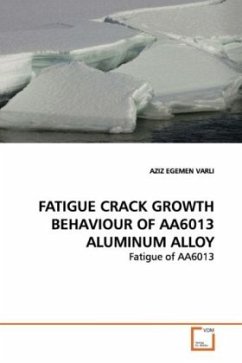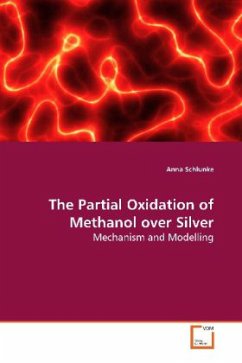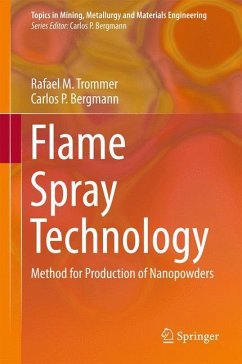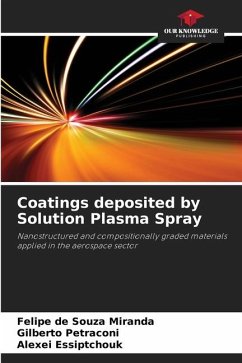
Oxidation Behavior of Aluminum during Thermal Spray
Experimental Evidence and Analysis
Versandkostenfrei!
Versandfertig in 6-10 Tagen
39,99 €
inkl. MwSt.

PAYBACK Punkte
20 °P sammeln!
The thermal spray industry has an estimated $4 to $5 billion in annual sales worldwide. Despite the widespread use of thermal spray, the science behind the process is still not fully understood. Thermal spray coatings have been traditionally designed empirically, with much trial and error in the laboratory, until a set of input parameters that produces a satisfactory coating is identified. Knowledge of the in-flight droplet behavior and spray plume characteristics is important to understanding the formation of thermal spray microstructures, which is in turn necessary for the prediction of ther...
The thermal spray industry has an estimated $4 to $5
billion in annual sales worldwide. Despite the
widespread use of thermal spray, the science behind
the process is still not fully understood. Thermal
spray coatings have been traditionally designed
empirically, with much trial and error in the
laboratory, until a set of input parameters that
produces a satisfactory coating is identified.
Knowledge of the in-flight droplet behavior and
spray plume characteristics is important to
understanding the formation of thermal spray
microstructures, which is in turn necessary for the
prediction of thermal sprayed coating properties and
performance. Since the quantity, concentration and
distribution of oxides can affect coating properties
and performance, an understanding of oxide formation
processes is essential to control the quality of the
resultant coatings. This book explains a key
mechanism that underpins the oxidation process
occurring during thermal spraying of aluminum. This
book provides guidance for the thermal spray
practitioner wishing to control the oxide content in
thermal sprayed aluminum coatings.
billion in annual sales worldwide. Despite the
widespread use of thermal spray, the science behind
the process is still not fully understood. Thermal
spray coatings have been traditionally designed
empirically, with much trial and error in the
laboratory, until a set of input parameters that
produces a satisfactory coating is identified.
Knowledge of the in-flight droplet behavior and
spray plume characteristics is important to
understanding the formation of thermal spray
microstructures, which is in turn necessary for the
prediction of thermal sprayed coating properties and
performance. Since the quantity, concentration and
distribution of oxides can affect coating properties
and performance, an understanding of oxide formation
processes is essential to control the quality of the
resultant coatings. This book explains a key
mechanism that underpins the oxidation process
occurring during thermal spraying of aluminum. This
book provides guidance for the thermal spray
practitioner wishing to control the oxide content in
thermal sprayed aluminum coatings.



